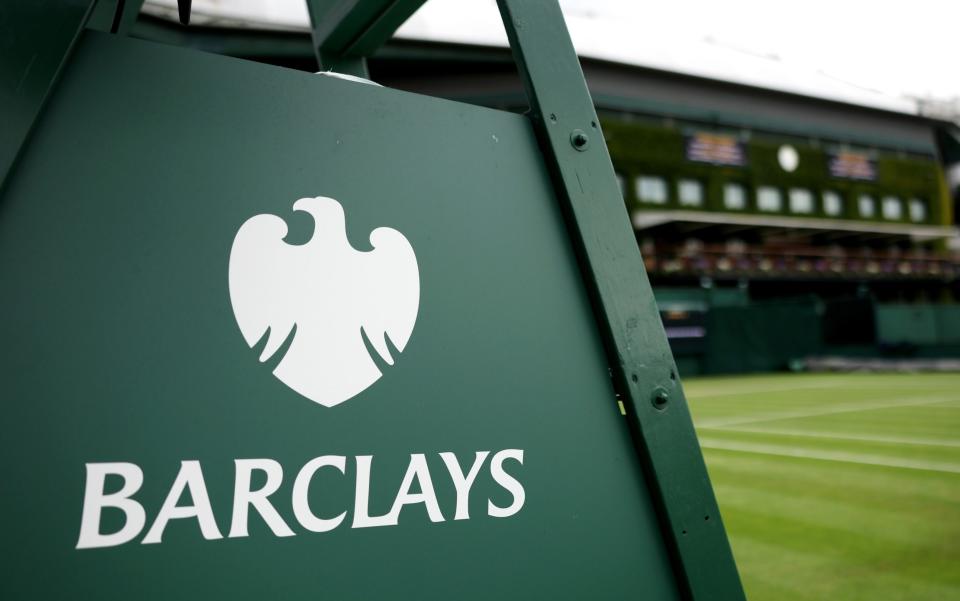Barclays opens up in garden centres and cricket clubs – as it closes hundreds of branches

Barclays is now offering its services in a garden centre and a cricket club after closing more than 1,000 branches.
Frosts Garden Centre near Milton Keynes and South Northumberland Cricket Club are among 250 sites hosting a string of new “Barclays Locals” pop-in centres, which offer limited banking services to customers a few days a week, The Telegraph can reveal.
Customers are able to open bank accounts, apply for mortgages and discuss power of attorney arrangements at a number of novel locations including Keswick Museum in Cumbria, The Chapel arts centre in Ormskirk, Lancs, and the Helston Cattle Market in Cornwall.
The new locals form part of Barclays “flexible banking strategy” which focuses on areas where local branches have closed and aim to compensate for face-to face services which have been lost.
It sets up a new “local” every time a branch closes. Most – 35pc – are in libraries and 6pc are in community centres. Sports clubs and church halls also host the Barclays representatives.
The bank has also set up 10 banking “pods” – temporary structures in shopping centre car parks and retail parks.
However the new sites do not offer a cash service, meaning customers cannot deposit money or cheques or withdraw cash from their accounts.
What’s more, the sites are not open everyday and only for a limited time. The site in Frosts Garden Centre is only open on Monday, Tuesday and Friday from 9am to 2.30pm.
It is possible to move money across accounts, however, as bank staff are able to access the Barclays systems on their own computers.
It’s not the first time a bank has offered an innovative way for its customers to access provision. Natwest previously offered a “Flying Banker” service for the remote Orkney Islands.
Anne Rendall, who clocked up nearly 12,000 trips in a 31-year long career, retired in August 2019, ending the service, which began in 1969.
Natwest also previously ran a scheme similar to Barclay’s latest initiative, with 100 locations in libraries and community centres. However, the pandemic resulted in a number of closures.
Critics said the centres were poor replacements for full branches and did not offer the same levels of privacy.
Derek French, a fellow of the Chartered Institute of Bankers and now an active campaigner for community banking, said banks were opening up pop-in centres because it meant they could get away with providing customers with less than a full branch.
James Daley, of consumer advocate group Fairer Finance, said: “This isn’t a replacement for branches. This idea is not going to do very much for many customers.”
Jo Mayer, Head of Everyday Banking at Barclays UK, said: “As visits to branches continue to fall, we need to reimagine where and how we show up to provide the best service for customers now and in the future.
“Our new banking pods and community pop-ups help us to tailor our in-person support for each location, including support with digital skills.”
By the end of 2023, Barclays will have closed 1,102 branches since 2015 and has announced closures every month this year except February, according to consumer group Which?.
As of August 7, almost all remaining branches will close at 3pm, and Barclays said this was because 96pc of its personal customers went in before this time.
Banks are only allowed to close branches or reduce opening hours if they have received approval from the City regulator. The Financial Conduct Authority looks to see whether there is adequate cash services provision in the area and forces financial institutions to consider alternatives.
The Barclays Local centres come alongside new “banking hubs” which offer access to different institutions each day depending on the most popular banks in the area.
More than 68 locations have been earmarked for the hubs, which are managed by the Post Office, as banks continue their retreat from the high street.

 Yahoo Finance
Yahoo Finance 